The Philips PML 9009 is the brand's flagship LCD television with Mini LED backlighting. It boasts impressive build quality, a stylish remote, and Philips' unique multicoloured Ambilight feature. In terms of picture quality, black levels and contrast could be improved—they don’t quite match the depth and vibrancy offered by similarly priced competitors. However, thanks to effective image algorithms, tonal quality remains satisfying. The screen’s relatively low brightness is well managed, and the inclusion of Dolby Vision provides a gateway to HDR content. The TV’s smooth colour transitions are noteworthy, surpassing some higher-end models. The PML 9009 truly excels in gaming performance, offering an experience that will please any gamer. Its motion-smoothing system also deserves praise, with two adjustable sliders allowing users to select their preferred smoothing level, making it a solid choice for sports viewing. Although the TitanOS operating system is still evolving and lacks a wide range of apps, the manufacturer is expected to address this over time.
- Matching (Score)
- Our verdict
- TV appearance
- Where to buy
- Contrast and black detail
- HDR effect quality
- Factory color reproduction
- Color reproduction after calibration
- Smoothness of tonal transitions
- Image scaling and smoothness of tonal transitions
- Blur and motion smoothness
- Console compatibility and gaming features
- Input lag
- Compatibility with PC
- Viewing angles
- TV efficiency during daytime
- Details about the matrix
- TV features
- Apps
- Playing files from USB
- Sound
Philips PML9009 / 9019 / 9059 vs LG OLED G5
Direct compare
Check the best price offer:
LG OLED G5The Xtra / PML9019 / PML9059 / PML9009 / PML9049 / AMBILIGHT TV
G54 / G51 / G55 / LW / LS

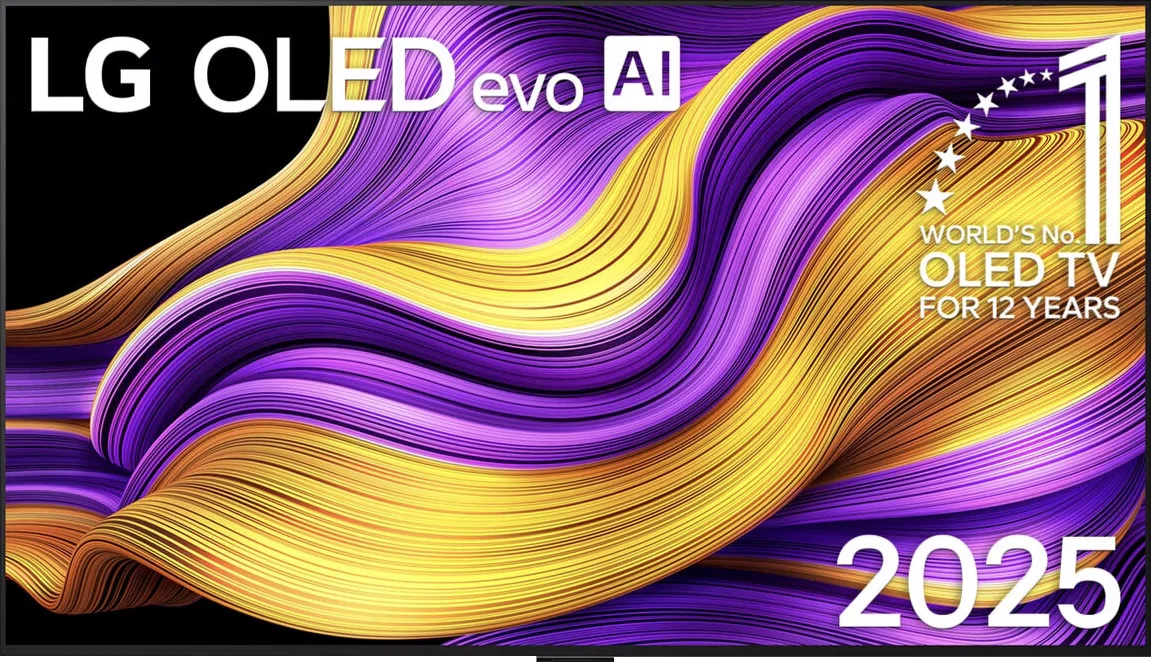
Panel type: LCD VA
Resolution: 3840x2160
System: Titan OS
Model year: 2024
Complete the survey to find out the result

Panel type: WRGB OLED
Resolution: 3840x2160
System: WebOS
Model year: 2025
Complete the survey to find out the result

Overall rating
6.8
8.9
Movies and series in UHD quality
6.5
9.2
Classic TV, YouTube
6.3
9.2
Sports broadcasts (TV and apps)
6.6
9.0
Gaming on console
8.5
9.6
TV as a computer monitor
8.6
8.8
Watching in bright light
6.1
8.0
Utility functions
6.0
8.5
Apps
6.2
8.7
Sound quality
6.7
8.7
Complete the survey to find out what fits your preferences
Advantages
Superb tonal quality of scenes exceeding the capabilities of the television
Well-functioning dynamic tone mapping feature
Colour reproduction after calibration
Performance when connected to a console/PC
Amazing black and contrast
Reference color reproduction after calibration
Very high brightness in HDR content
Outstanding cooperation with consoles and computers
Great motion fluidity - OLED panel 165Hz
Many features for gamers: VRR, ALLM, HGIG, low input lag
Excellent WebOS operating system with many applications
Superb handling thanks to the Magic remote with "cursor" function
Disadvantages
Significant halo/bloom effect
Poor viewing angles
TitanOs system is not as advanced as the competition
Average contrast and black levels
No support for DTS audio format
Worse (though still good) viewing angles than the predecessor G4
Different versions of the remote in derivative models – hard to predict which version we will get
Our verdict
The LG G5 is a television that not only continues but also expands on what we loved about previous models in the G series. Instead of taking the beaten path, LG opted for a new Tandem OLED panel – and it was a stroke of genius. Picture brightness? Simply, F E N O M E N A L. HDR effect? Close to reference. Colors after calibration? Nearly perfect. Motion smoothness, low latency, and gaming features? At an absolutely top level. The G5 performs well in movies and games, day and night, whether with a decoder, console, PC, or just the remote. Of course – this is not a product without flaws. It's a pity that DTS support is lacking, the viewing angles have worsened compared to its predecessor, and the remote may vary depending on the version. But when we look at the overall picture, it's hard not to feel that this is one of the best OLED televisions available on the market, and perhaps even the best. Definitely, when it comes to its versatility and picture quality without having to reach for extremely expensive models from competitors. If you're looking for a television for everything – for cinema, gaming, a bright living room, streaming content, or connecting a computer – the LG G5 is a device that simply delivers on every front without compromise.
TV appearance




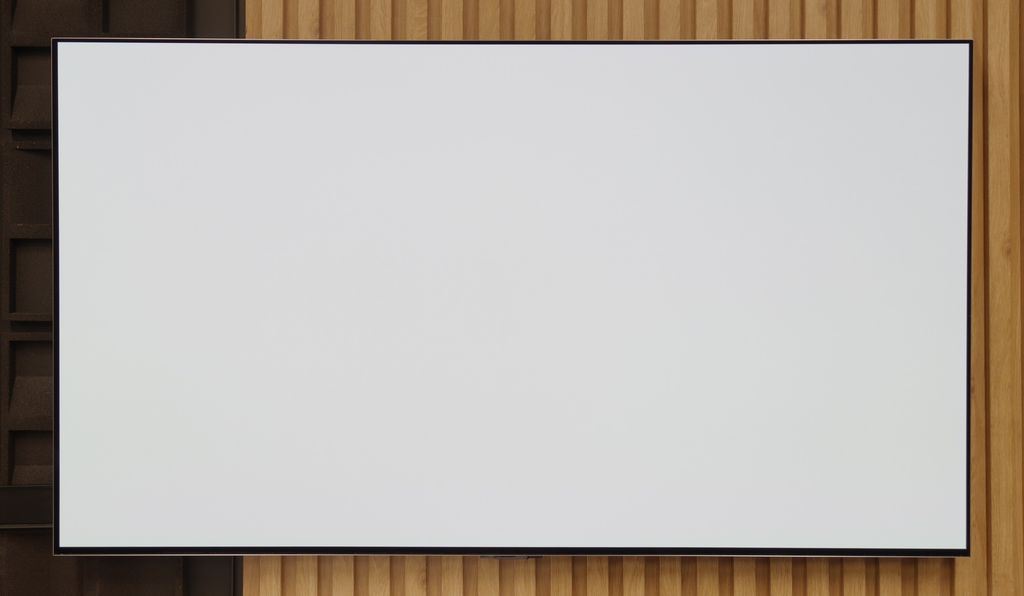
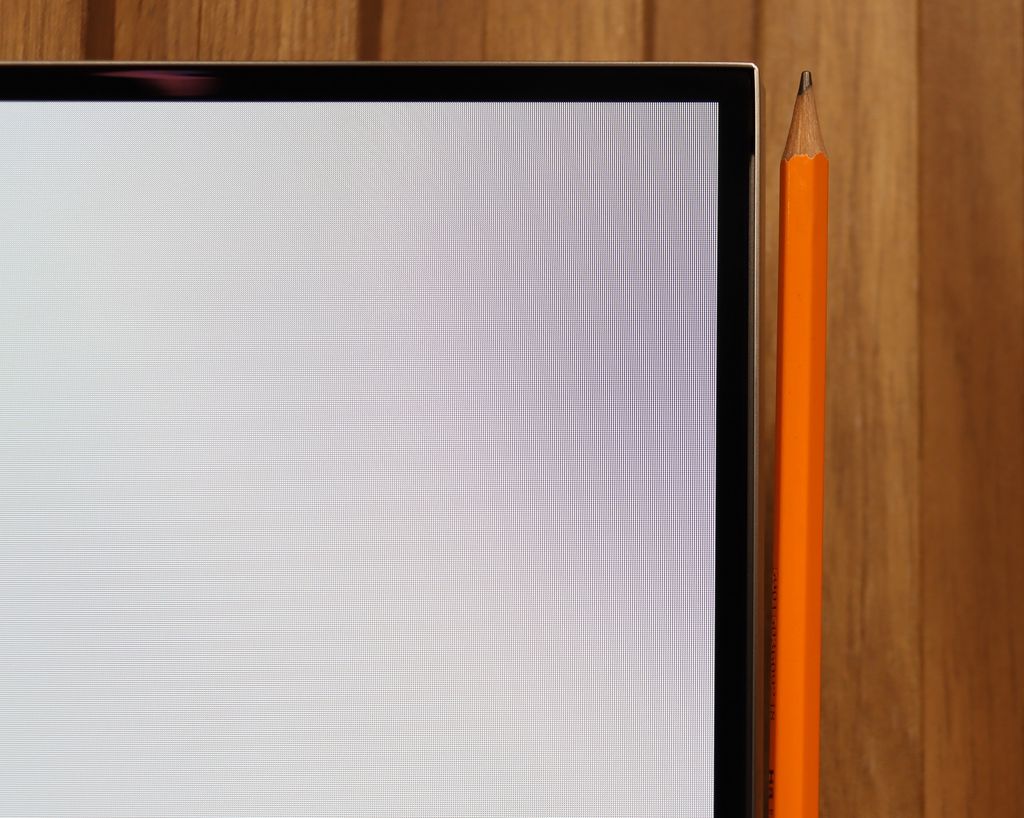
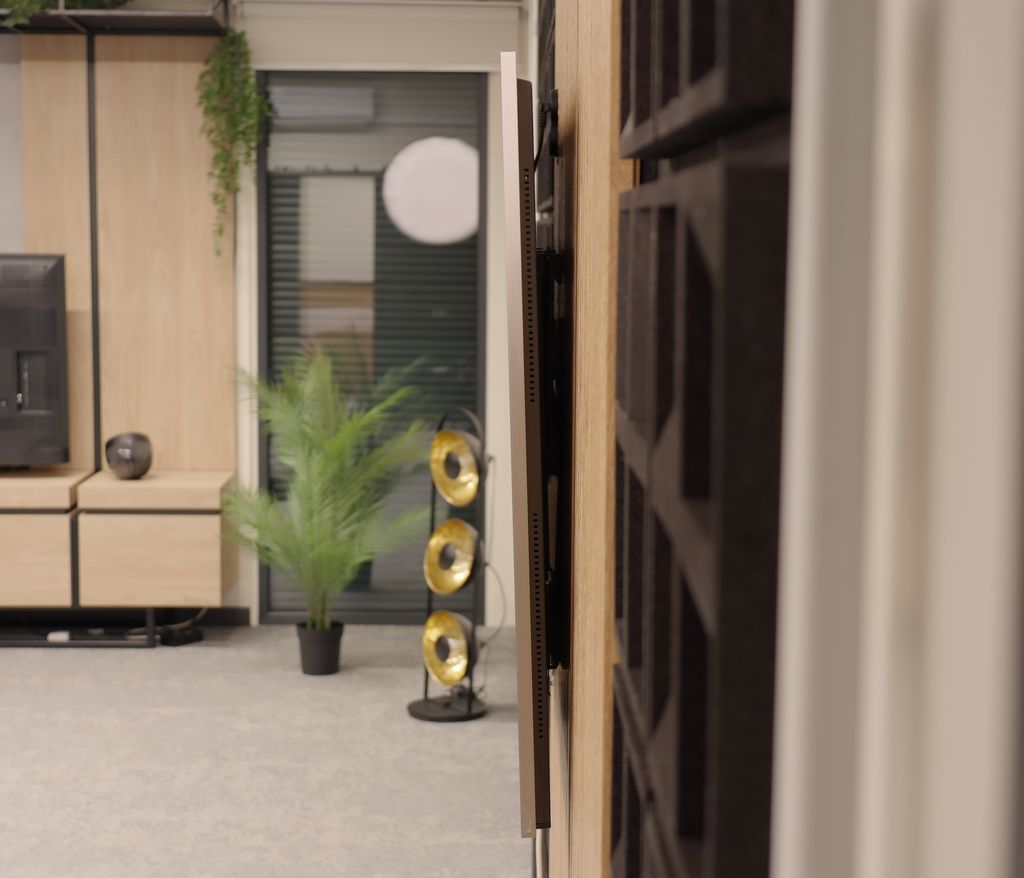
Contrast and black detail
6.6/10
10/10
Local dimming function: Yes, number of zones: 75 (15 x 5)
Contrast:

Result
132,000:1

Result
16,550:1

Result
14,450:1

Result
7,850:1

Result
6,650:1

Result
∞:1

Result
∞:1

Result
∞:1

Result
∞:1

Result
∞:1
Halo effect and black detail visibility:

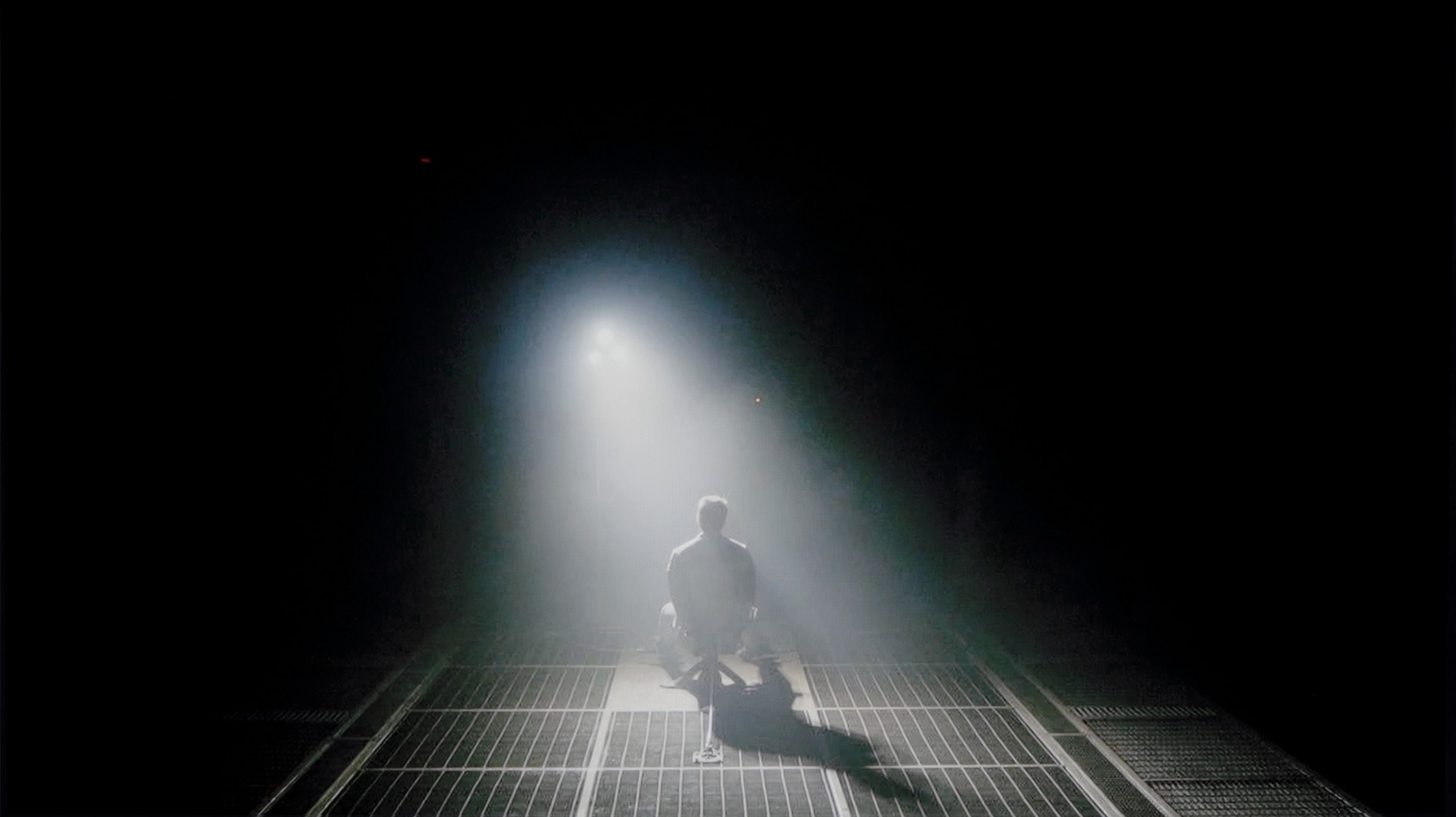
The Philips PML9009 features a high-contrast VA panel. While it doesn’t produce the same depth and dimensionality as OLED displays, it remains a solid choice for home cinema, outperforming IPS/ADS panels in this regard. The measured static contrast ratio, at 6000:1 without local dimming, is commendable and showcases the Mini LED backlighting capabilities of this model. Though the contrast and black level measurements aren’t among the highest, the television performed well in certain scenes, such as Oblivion, where it effectively separated light – an achievement not always seen in much pricier units. Testing was conducted at medium power dimming; the lowest dimming level didn’t achieve satisfactory black levels, while the highest setting led to detail loss. Unfortunately, our test with The Revenant highlighted some issues. While background details were clear, the dimming zones disrupted the overall tonal balance, resulting in a noticeable halo effect around the subtitles.
LG G5, as befitting an OLED television, impresses with its contrast and black quality. In scenes with a lot of dark areas, the screen looks almost perfect, offering deep, absolute black and infinite contrast – an effect that still cannot be achieved on any LCD television. The new Tandem OLED panel does not introduce any negative changes compared to previous generations – blacks are perfect regardless of the content. Watching scenes from movies like The Revenant or Oblivion, you can clearly see the excellent separation of lights, without any blooming effect or brightening of dark parts. In this category, the LG G5 deserves the highest rating.
HDR effect quality
6.1/10
9.1/10
Luminance measurements in HDR:

Result
548 nit

Result
550 nit

Result
824 nit

Result
491 nit

Result
582 nit

Result
2346 nit

Result
2353 nit

Result
2399 nit

Result
2353 nit

Result
2012 nit
Scene from the movie “Pan” (about 2800 nits)


Scene from the movie “Billy Lynn” (about 1100 nits)


Static HDR10


Dynamic: Dolby Vision
Dynamic: Dolby Vision


HDR luminance chart:
LG OLED G5
Luminancja HDR
Luminance of RGB colors
Philips PML9009 / 9019 / 9059
Luminancja HDR
Luminance of RGB colors
The Philips PML9009 struggles to deliver the highest HDR performance. Scenes with effects around 550 nits don’t provide particularly impressive lighting, though the effects remain stable, an improvement over SDR materials. A notable exception is in Gemini Man, where a flashlight as the sole light source stands out. This is likely due to the absence of large dark areas and the relatively small size of the light source compared to scenes with larger, brighter elements like the sun. While the brightness results in HDR content aren’t quite strong enough to recommend this TV for productions utilising a wide colour gamut, it’s worth mentioning that the model does achieve decent coverage, reaching 93% of the DCI-P3 spectrum.
LG G5 with the new Tandem OLED panel brings the biggest change specifically in terms of the brightness of the television. And it’s quite impressive. This is truly an astronomically bright OLED. In every tested scene – whether it’s point lights or full-screen whites from the movie The Meg – the brightness on the G5 exceeded 2000 nits. Just a year ago, such values on an OLED were simply unimaginable. And here we are – the G5 comes close, and at times even surpasses the best Mini-LEDs on the market. A new feature of the Tandem OLED panel is the expanded color gamut coverage – and here the LG G5 performs almost perfectly. DCI-P3 achieves a full 100%, while BT.2020 maintains around 83%. These are some of the highest values currently available on the market – it’s hard to find any other television that comes close to such results, unless we are talking about the best displays with QD-OLED panels. The G5 has nearly reference-quality HDR – both in terms of brightness and color saturation. This is an OLED that can truly shine – and not just figuratively.
Factory color reproduction
5.3/10
7.8/10


Factory Mode
After calibration


Factory Mode
After calibration
During testing, the Philips PML9009 performed best in the factory "Filmmaker" mode, which we evaluated across both SDR and HDR content. A key characteristic observed in this mode is the EOTF curve’s behaviour in HDR content and gamma settings in SDR, designed to enhance image accuracy. However, the PML9009 presented noticeable issues, particularly with white balance, as a pronounced red dominance created a yellow tint across the entire image. This affected skin tones and white areas, with faces and whites appearing unnaturally warm. The colour shift was confirmed through the "ColourChecker" palette, where colours leaned towards warmer shades.
In the gamma analysis, responsible for image contrast, we noticed considerable inaccuracies early on. Our measured values spiked above the reference, causing dark scenes to lose detail and merge visually up to about 10% screen brightness. Following this, the values dropped below the target line, further degrading contrast—an area already challenging for this model.
In HDR content, the white balance remained similarly flawed, and the EOTF curve also restricted brightness levels, resulting in a dim, muted image. Colour inaccuracies were even more pronounced here, with lower luminance levels causing large deviations from accurate colours, which were clearly visible on the error graph, often exceeding acceptable limits. While aiming for cinematic quality, this mode ultimately fell short in delivering balanced colour and contrast fidelity.
Our test unit LG G5 struggled with some issues in the factory Filmmaker mode. And while the image might have seemed fine to most people, we knew that this TV was capable of much more. This mode had a clear excess blue tint in the white balance, resulting in a strong cooling of the image – particularly in HDR modes, where there was also a lack of red. The picture seemed cold, and its sharpness was artificially boosted and unnatural. Another significant issue was the brightness characteristic. In SDR content, the situation wasn't the worst, aside from a slight dimming of the entire image. However, it performed much worse in HDR materials – due to improper brightness management, the smallest details could completely disappear from the image, and larger, bright elements appeared overexposed and lacking gradation. Luckily, the G5 supports calibration using 3D LUT (a tool for professionals to calibrate colors), so we decided to take advantage of its professional background and see what it was really capable of. Because while it wasn't terrible even before calibration, the potential of this TV definitely deserved more.
Color reproduction after calibration
7.5/10
9.8/10




Philips has long provided sophisticated calibration tools, including 2-point and 20-point grayscale adjustments as well as an advanced CMS (Colour Management System). These allow users to make significant improvements, and even those less attentive to image quality will likely notice a positive difference post-calibration. Both SDR and HDR content benefit from this process, notably eliminating the prominent yellow tint caused by an overemphasis on red in the white balance.
For SDR content, although gamma adjustments don’t entirely resolve the loss of detail in dark areas, the overall improvements bring most content to an impressive standard, with minimal, hardly perceptible errors. Colour accuracy is notably enhanced, achieving nearly reference quality with low deltaE errors.
HDR content, however, remains somewhat limited due to the display’s lower brightness capability. While the white balance has largely been corrected, a slight blue tint can occasionally appear. The EOTF curve aligns very well, providing accurate geometry, though colour errors persist due to the limited luminance. This calibration offers a substantial improvement but may still fall short for viewers who expect high brightness levels in HDR.
After completing the calibration process using professional tools, we can confidently state that the LG G5 offers nearly reference-quality image. Most of the errors related to white balance and the ColorChecker test are below the value of 2, which is a phenomenal result, practically imperceptible to the human eye. And while one could still criticize that in HDR films the television tends to slightly dim the smallest elements of the image, in practice, this does not negatively affect the overall impression. Hats off to LG, because once again they provide the user with enormous possibilities for adjusting their display – and this, combined with very good parameters of the panel itself, results in an image that is truly hard to surpass.
Smoothness of tonal transitions
7/10
8.5/10












In many films or series, you may have noticed instances where colour bands appear in areas that should exhibit smooth transitions. This is why we evaluate tonal transitions as part of our testing. The Philips PML9009 performed admirably in this area across all test scenes. While a few elements could benefit from finer processing, the overall result was impressive. Notably, it handled the challenging scene from The Green Knight exceptionally well, with no significant stuttering or unwanted artefacts visible, proving the TV’s capability to maintain smooth gradients even in demanding scenes.
The smoothness of tonal transitions in the LG G5 is a clear step forward compared to last year's model. Not only has the brightness improved, but also the way colors blend, which the G4 sometimes struggled with. In the vast majority of scenes, the G5 has no issues with tonal transitions – there is no typical banding associated with WOLED technology, nor ugly breaks between colors. Of course, in very dark areas of the image and with shades of gray, minor imperfections can still be noticed, but these are things that the average viewer wouldn't even register. In short – it's really good.
Image scaling and smoothness of tonal transitions
7.2/10
8.7/10
Smooth transition function

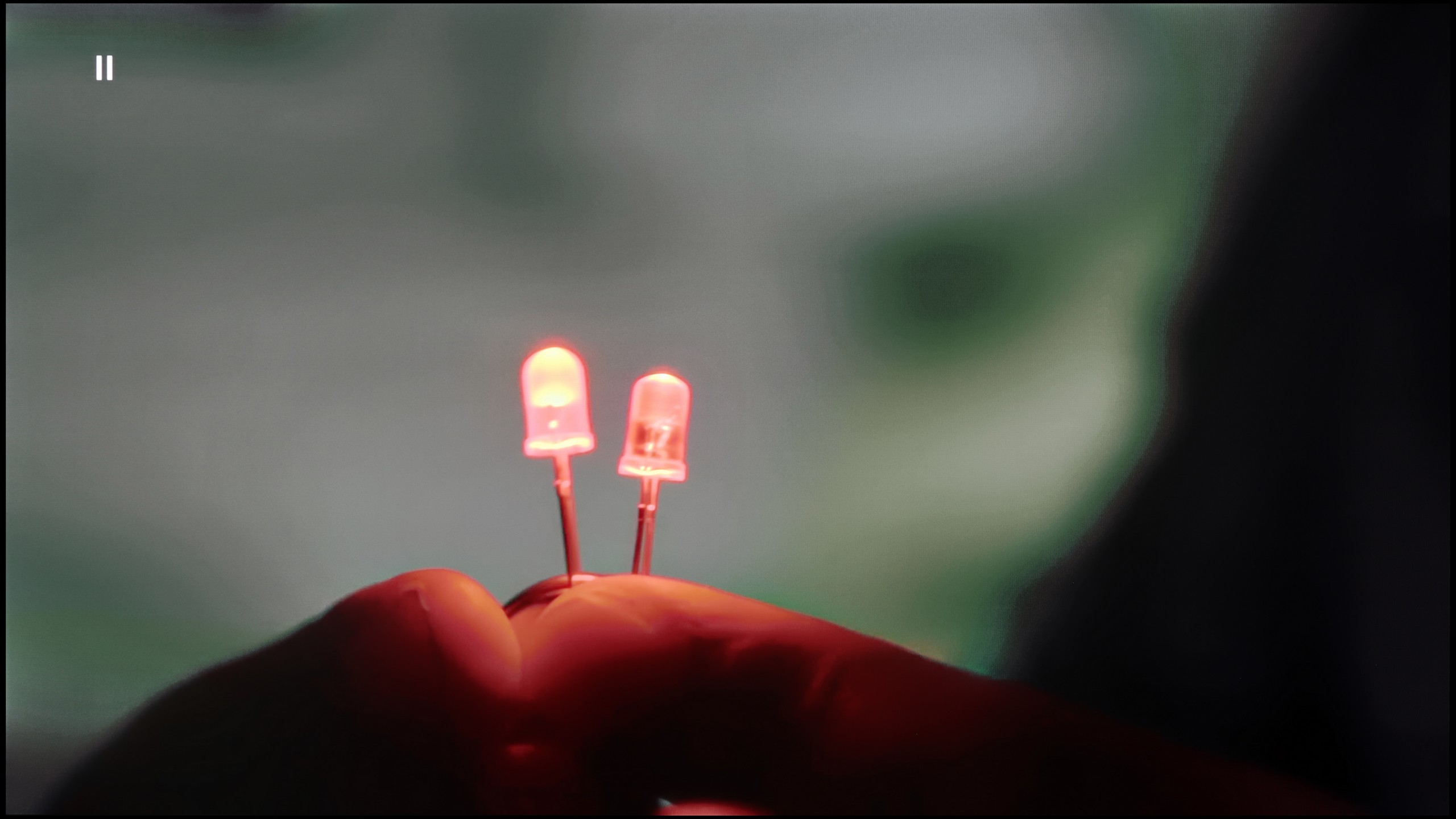
Image without overscan on the SD signal


Given the impressive handling of tonal transitions by the Philips PML9009, one might expect similar success in the image scaling test. However, the results were less than stellar. When upscaling lower-quality images, like those from certain TV programmes or older films, the Philips algorithm tended to blur fine details noticeably, especially in intricate elements like fine branches or a model's hair.
On the other hand, the tonal transition performance remains noteworthy, with the TV offering several levels of smoothing. Even at the lowest setting, it effectively addresses non-smooth transitions in most materials, and crucially, it preserves the film grain effect, maintaining fidelity to the director's vision. However, it’s worth noting that some fine details may still appear slightly softened.
Upscaling and digital image processing in the LG G5 perform very well. The television handles lower quality content exceptionally, especially when the "Smooth Gradation" feature is set to a low level. In this mode, it effectively removes unwanted artifacts and issues with visible tonal transitions. It may also slightly smooth out some desired details, such as the subtle texture of clothing or skin, but importantly – it does not remove film grain, so it’s hard to say there’s a serious compromise here. It’s one of those options that’s definitely worth enabling.
The G5 also does well with upscaling, which is improving the quality of older materials. The test image with the model looked really solid – slight edging was visible, but that’s an effect that can’t be completely avoided. Additionally, there were no issues with overscan, which – contrary to appearances – is not obvious, even in 2025.
Blur and motion smoothness
7.7/10
9/10

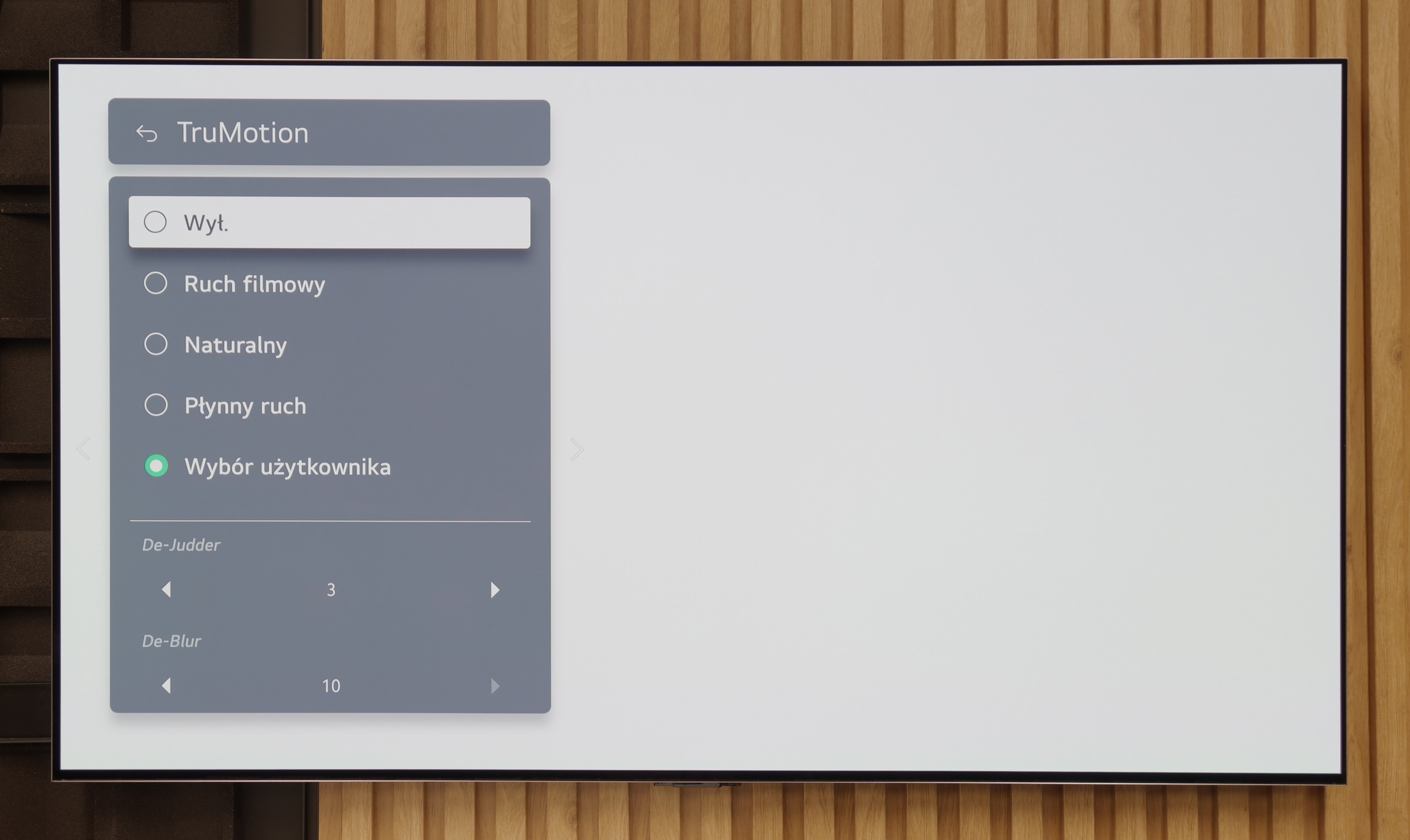
Blur (native resolution, maximum refresh rate):






Blur (BFI function enabled):
Image flickers in this mode



Smużenie ():
Smużenie (4K 165Hz):



The Philips PML9009 has a 120 Hz native refresh rate, a baseline standard for watching sports and an ideal setting for gaming on consoles or PCs. Philips includes an effective motion-enhancement system for users who want to reduce the stutter of 24 fps content or need fluid motion for fast-paced scenes, like in football matches. The dedicated "Smoothness" slider effectively mitigates stuttering, while "Motion Blur Reduction" enhances the sharpness of dynamic content. Each setting produces a noticeable difference, so users can tailor the motion effects to their preferences. Our recommended setup achieves a moderate smoothing effect, avoiding the exaggerated “soap opera” appearance.
Regarding pixel response time, VA panels like this generally fall short compared to OLED or even IPS panels, which can lead to a slight "black halo" trailing behind fast-moving objects. Although not a frequent issue with this TV, the effect can be seen in certain scenes.
The motion fluidity on the LG G5 is simply phenomenal. The TV is equipped with a 165 Hz refresh rate panel, and this combined with the instantaneous response time of the OLED matrix delivers incredible results. The picture doesn’t stutter or smear like on classic LCD TVs. Like most LG models, the G5 features a motion smoother, which can be useful when watching movies – of course, we're talking about the TruMotion mode. With the “De-Blur” and “De-Judder” sliders, we can adjust the smoothness of older material according to our preferences, whether we want to preserve the characteristic film stutter or move towards a more fluid, television-like effect.
Console compatibility and gaming features
9.8/10
10/10
- ALLM
- VRR
- VRR range48 - 144Hz40 - 165Hz
- Dolby Vision Game Mode
- Correct implementation of HGIG
- 1080p@120Hz
- 1440p@120Hz
- 4K@120Hz
- Game bar

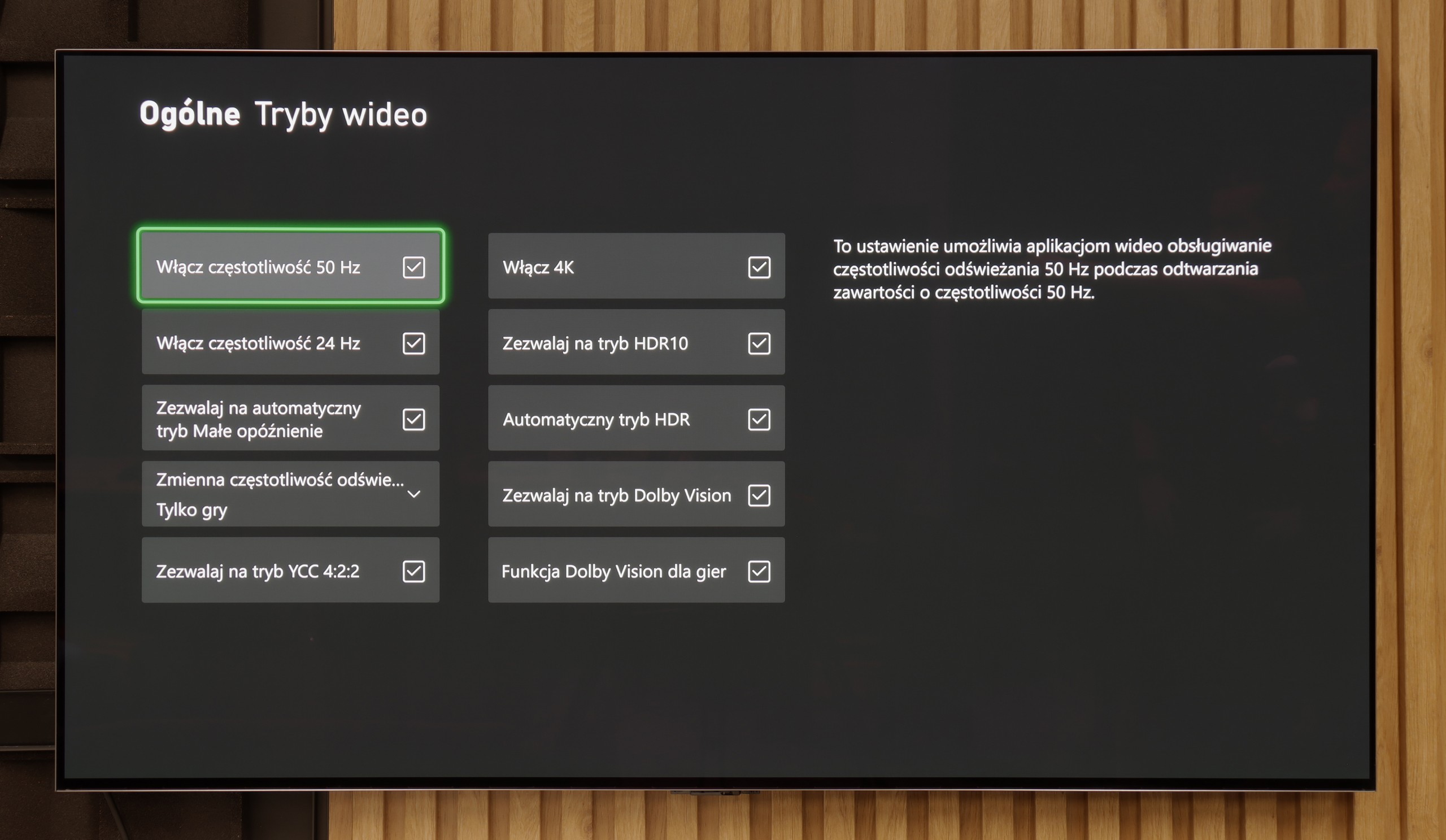

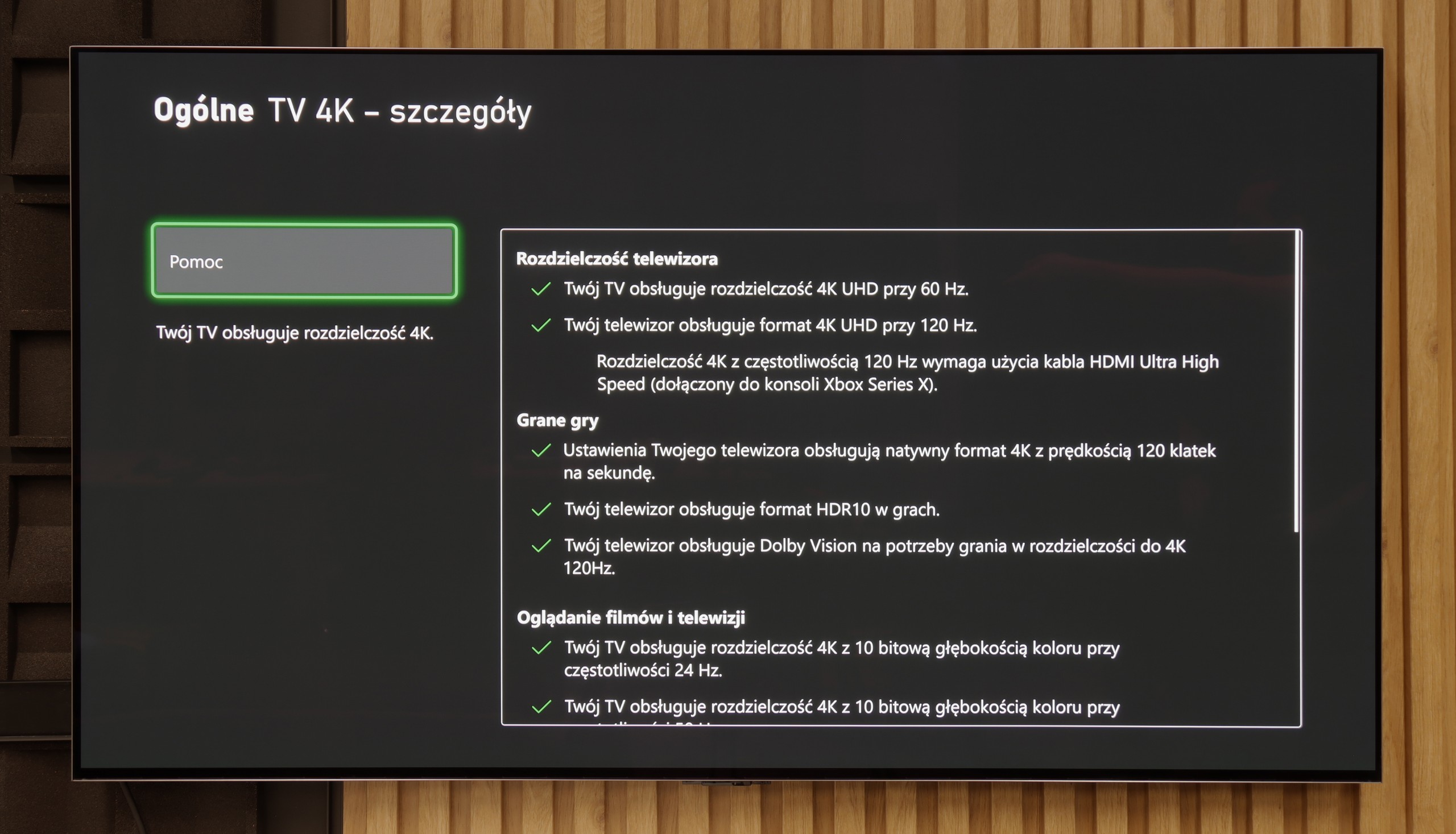

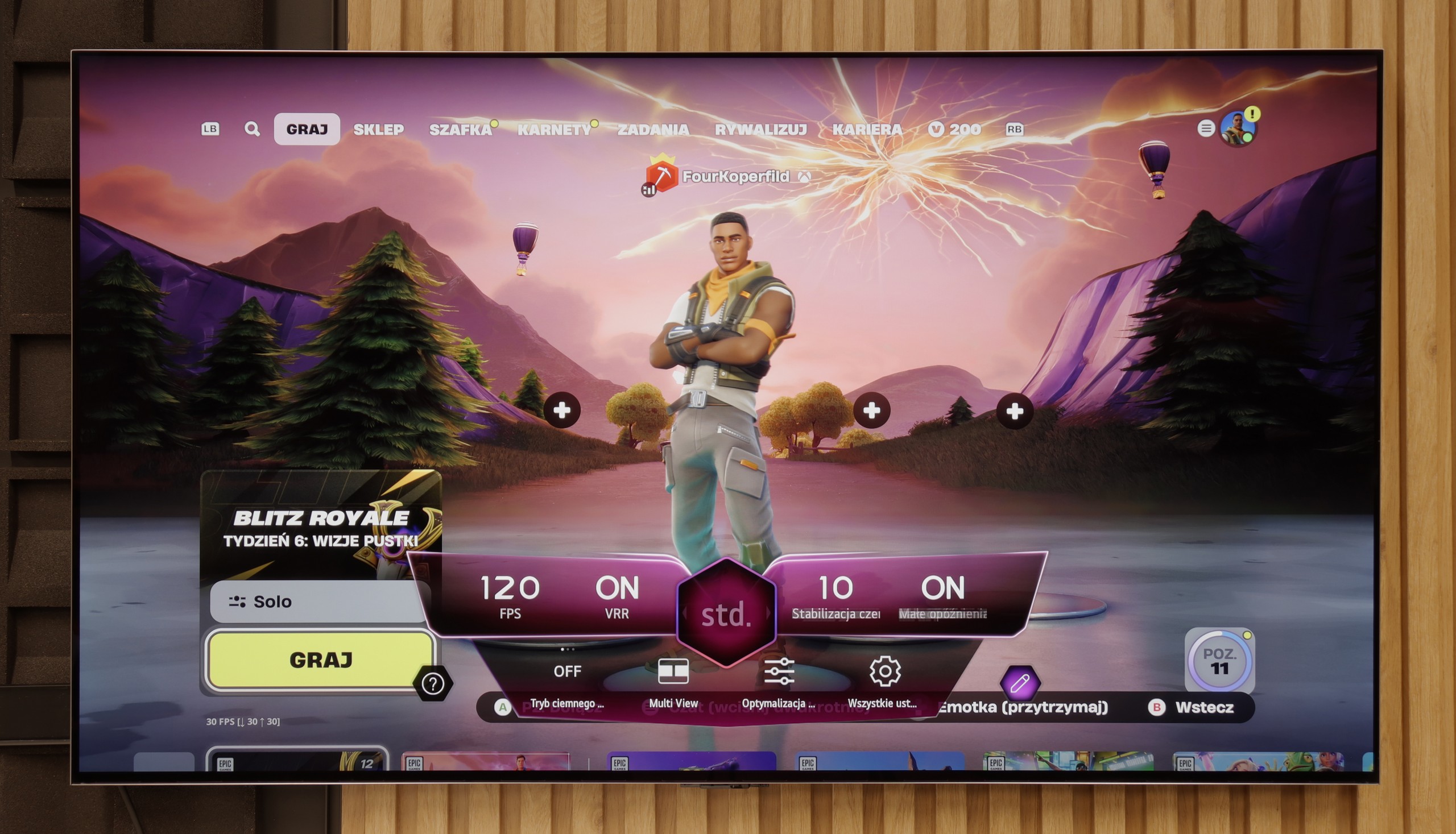

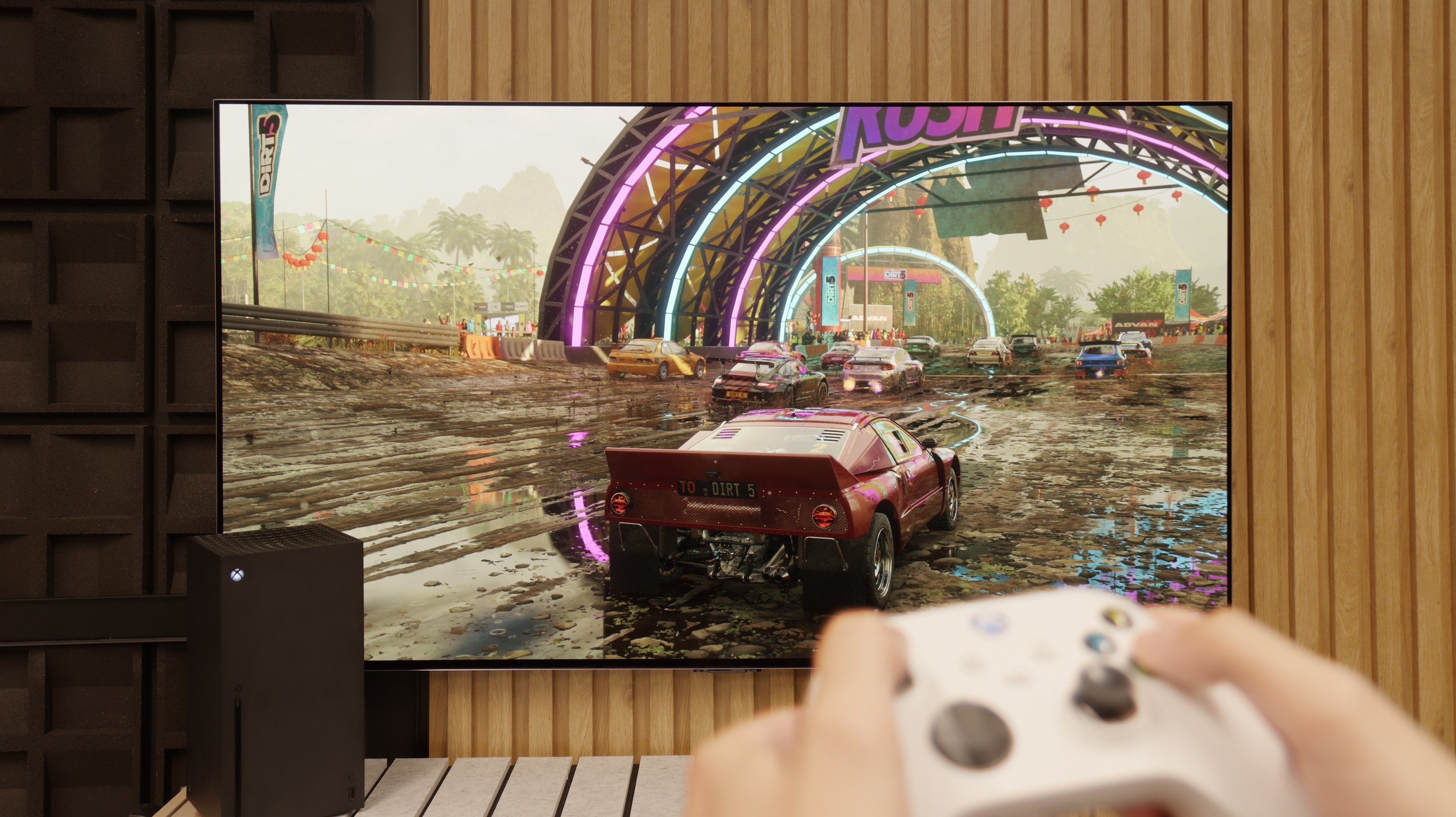
The Philips PML9009, with HDMI 2.1 ports supporting full bandwidth, is thoroughly equipped with gamer-focused features. Core functions like Variable Refresh Rate (VRR) and Auto Low Latency Mode (ALLM) are included, as well as the additional perks of G-Sync and FreeSync compatibility and low-lag HDR Dolby Vision support. All these gaming features activate seamlessly, proving this model’s suitability for gaming. The TV’s HGIG mode, particularly beneficial for gaming, adjusts HDR effects to the television’s capabilities to avoid image dimming and blooming, an advantage given the still limited number of games supporting Dolby Vision.
For added convenience, the PML9009 has a GameBar menu, allowing in-game setting adjustments without needing to exit. This menu includes features like a crosshair option and black level correction, which can enhance the visibility of shadowed areas—ideal for competitive play.
Overall, the Philips PML9009 offers a comprehensive setup for gamers, supporting VRR, ALLM, G-Sync, FreeSync, and HDR Dolby Vision to deliver immersive, high-quality gaming experiences across a wide range of titles.
Features for gamers? Perfect. That should be enough for you to know what level we are dealing with here. G5 is a television designed with gamers in mind, so we find literally everything one can expect from a gaming screen. There is Game Bar, support for high resolutions with high refresh rates – that is, 4K at 120 Hz, and even more, because the panel has a refresh rate of 165 Hz (which PC gamers will benefit from). The television supports variable refresh rates (VRR), automatic low latency mode (ALLM), and correctly supports HDR in games thanks to HGiG. All of this adds up to one of the best sets of gaming features available on the market. Well done, LG.
Input lag
9.6/10
9.9/10
SDR
HDR
Dolby Vision
The Philips PML9009 excels in input lag measurements, showcasing impressive performance across various signals and resolutions. Gamers will appreciate the manufacturer’s optimisation, with an exceptionally low input lag of 8 ms when playing at 4K120Hz with HDR—virtually imperceptible even in fast-paced online games. Furthermore, the game mode with Dolby Vision also maintains a commendable response time of 16 ms, ensuring that players experience minimal delay during gameplay. This combination of low input lag and effective game mode implementation solidifies the PML9009 as an excellent choice for competitive gamers seeking a responsive, immersive experience.
The input lag on the LG G5 is incredibly low. The response time to our actions – whether we're playing with a controller, keyboard, or mouse – is almost perfect. The controls are instant, and the game reacts exactly when we expect it to. The Dolby Vision Gaming mode does introduce slightly higher delays, but even then it's hard to complain about anything – in the worst case, the values hover around 20 ms, which for most players will be practically unnoticeable.
Compatibility with PC
8.6/10
8.8/10

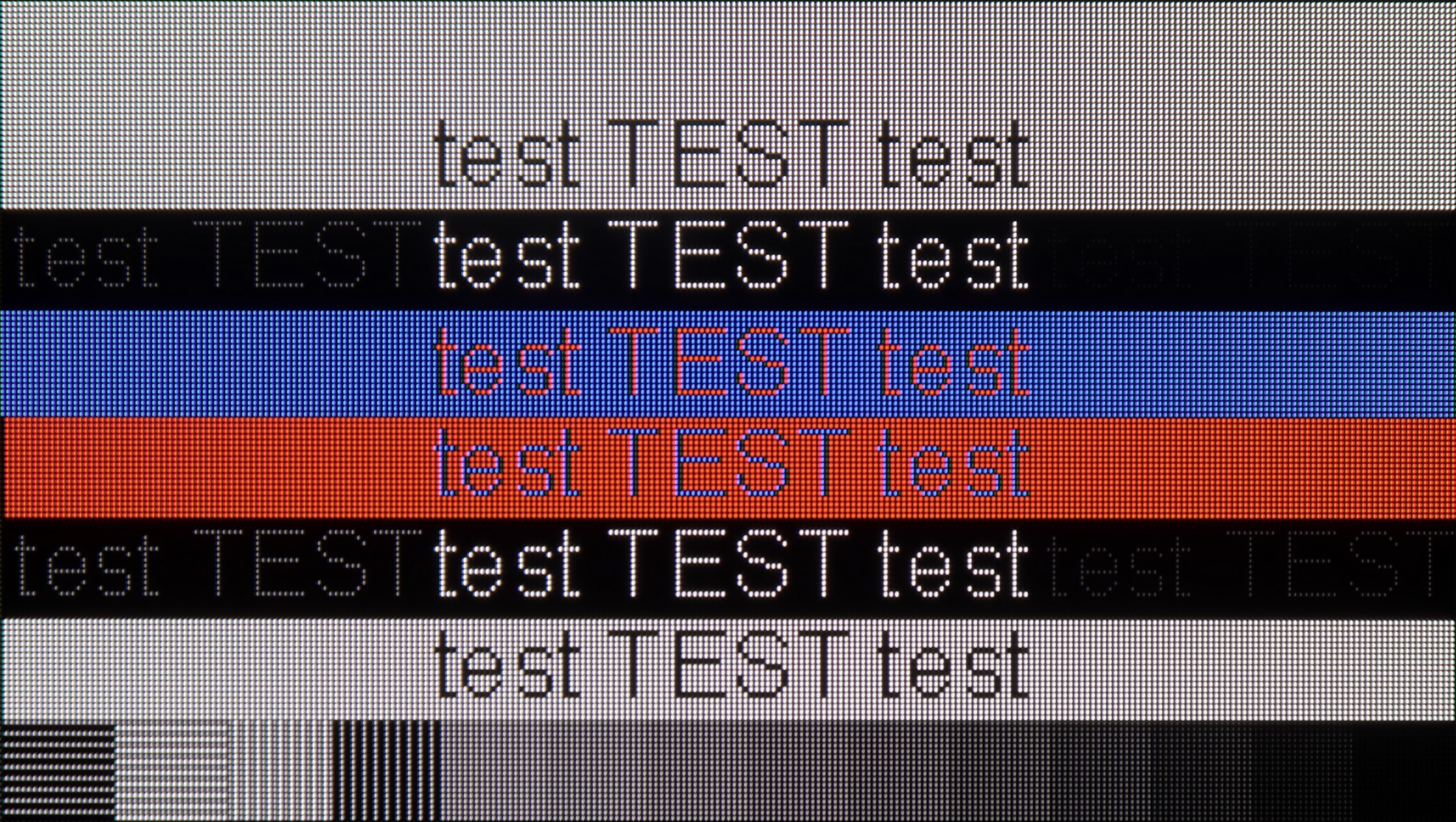
The Philips PML9009 also excels in everyday tasks, with measured delays of just 8 ms providing nearly instantaneous reactions in the mouse-screen-eye connection. Its proper implementation of chroma 4:4:4 ensures crisp, sharp fonts, making it ideal for text work. While the subpixel layout of the matrix is BGR, this doesn't create any issues when using the Windows operating system. However, users on other systems may encounter challenges with text rendering, as those platforms may struggle to convert text accurately. Overall, the PML9009 is a versatile display suitable for gaming and daily productivity tasks.
Collaboration with a PC? Almost ideal. The television, as we mentioned earlier, has great features for gamers – including those using a PC. On board, we find full G-Sync certification, a 165 Hz panel, and a super-fast input lag of around 5 ms. Thanks to the correct implementation of chroma 4:4:4, fonts are very readable – both the smallest and the largest. Although due to the WRGB subpixel layout, there may be slight shadows around the characters, for most users this effect will be virtually unnoticeable. The G5 performs excellently as a screen for work, entertainment, and gaming – also from a computer.
Viewing angles
2.6/10
7.5/10
A commonly known drawback of VA panels that do not have an angle coating is their poor viewing angles. This is no different this time. Even after a slight shift off-axis, the image becomes washed out, and the colours undergo significant degradation.
The viewing angles on the LG G5 are very good, mainly due to the use of the WOLED matrix. It's hard to find something to complain about here – the image does not significantly lose brightness or quality even when we look at the screen from the side. However, it must be fairly noted that there is some regression compared to the G4 model. The predecessor used an MLA matrix with micro-lenses, which offered slightly better light distribution. Also, compared to QD-OLED matrices, the angles are worse. Nevertheless, the overall viewing experience at an angle remains very good and should not be an issue in everyday use.
TV efficiency during daytime
6.1/10
8/10

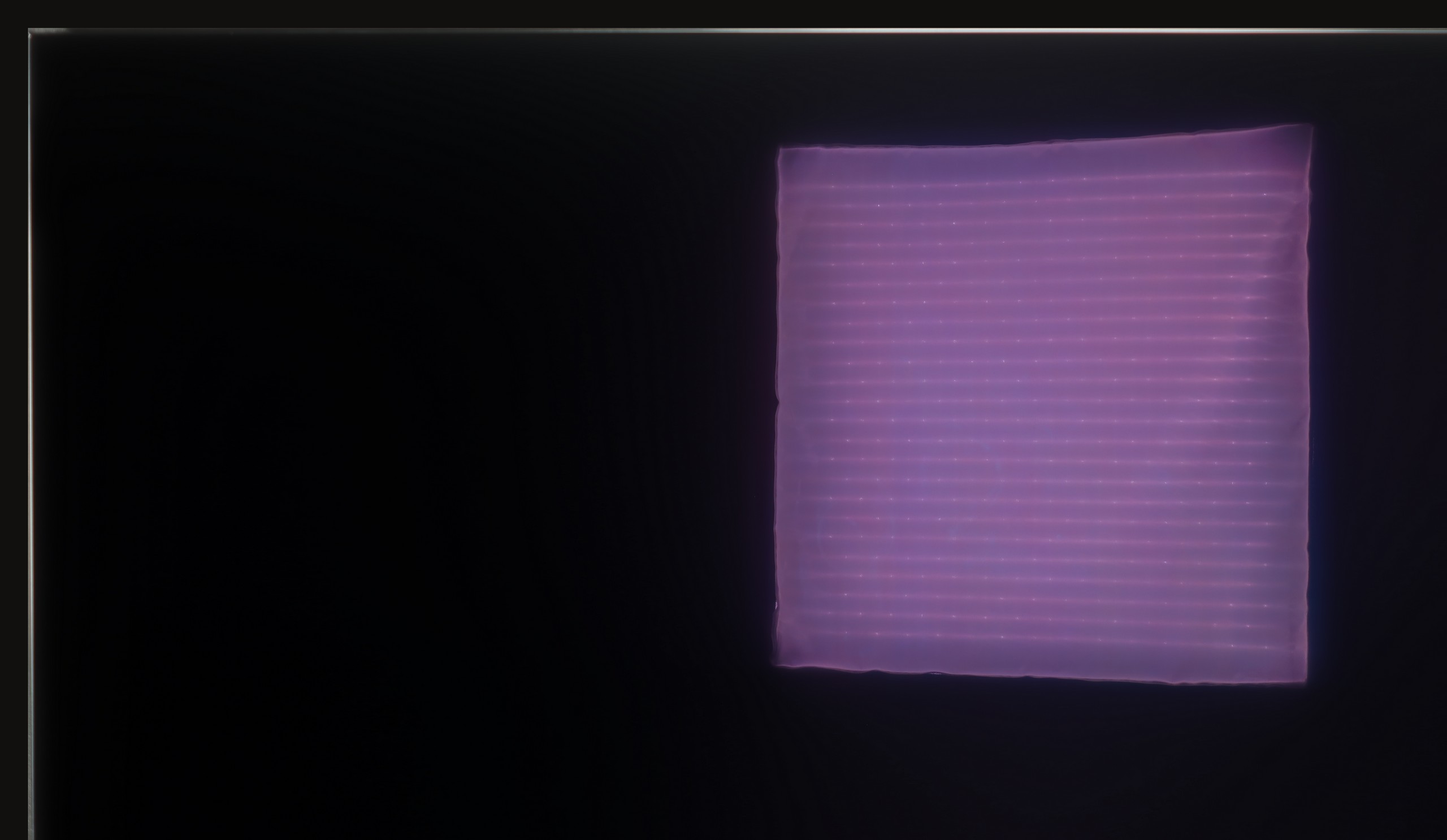


Matrix brightness
Average luminance SDR
LG OLED G5: 810 cd/m2
Philips PML9009 / 9019 / 9059: 564 cd/m2
While the Philips PML9009 offers good brightness levels for SDR materials—making it suitable for evening or dark-room viewing—the reflection suppression is only average. This can be attributed to the satin finish of the panel, which is prone to reflections from various light sources, as it neither absorbs nor diffuses them effectively. However, the relatively high brightness in SDR mode enables the television to perform adequately in brighter rooms, often outperforming many OLED models in this regard. This makes it a viable option for users who might watch content in well-lit environments.
The LG G5, thanks to its very high brightness, performs excellently in bright rooms. Even with SDR content, the average brightness value is around 800 nits, which is significantly more than in standard televisions. It can easily handle a bright living room. Although the panel averages out reflections, it still maintains significantly better black levels and colors during the day than QD-OLED panels or matte-coated screens. The G5 will perform well in very sunny rooms—unless you really can't stand reflections on the screen. In that case, you will need to use blackout shades or consider buying a television with a matte screen.
Details about the matrix
Subpixel Structure:

Panel uniformity:


TV features
6/10
8.5/10
- HDMI inputs0 x HDMI 2.0, 4 x HDMI 2.1 48Gbps0 x HDMI 2.0, 4 x HDMI 2.1 48Gbps
- Other inputsIR (remote)
- OutputsToslink (Optical audio), eARC (HDMI), ARC (HDMI), Mini-Jack (Headphones)Toslink (Optical audio), eARC (HDMI), ARC (HDMI)
- Network InterfacesWi-Fi 2.4GHz, Wi-Fi 5GHz, Ethernet (LAN) 100MbpsWi-Fi 2.4GHz, Wi-Fi 5GHz, Ethernet (LAN) 100Mbps
- TV receptionDVB-T, DVB-T2, DVB-S, DVB-S2, DVB-CDVB-T, DVB-T2, DVB-S, DVB-S2, DVB-C
Classic features:
- Recording to USB (terrestrial TV)
- Recording programming
- Picture in Picture (PiP)
- RF remote control (no need to aim at the screen)
- Backlit remote control
- Teletext
- Audio only mode
- Possibility to connect Bluetooth headphones to the TV
- Possibility to simultaneously use Bluetooth headphones and the TV speaker
Smart features:
- AirPlay
- Screen mirroring (Windows Miracast)
- Wyszukiwanie głosowe
- Voice search in native language
- Ability to connect a keyboard and mouse



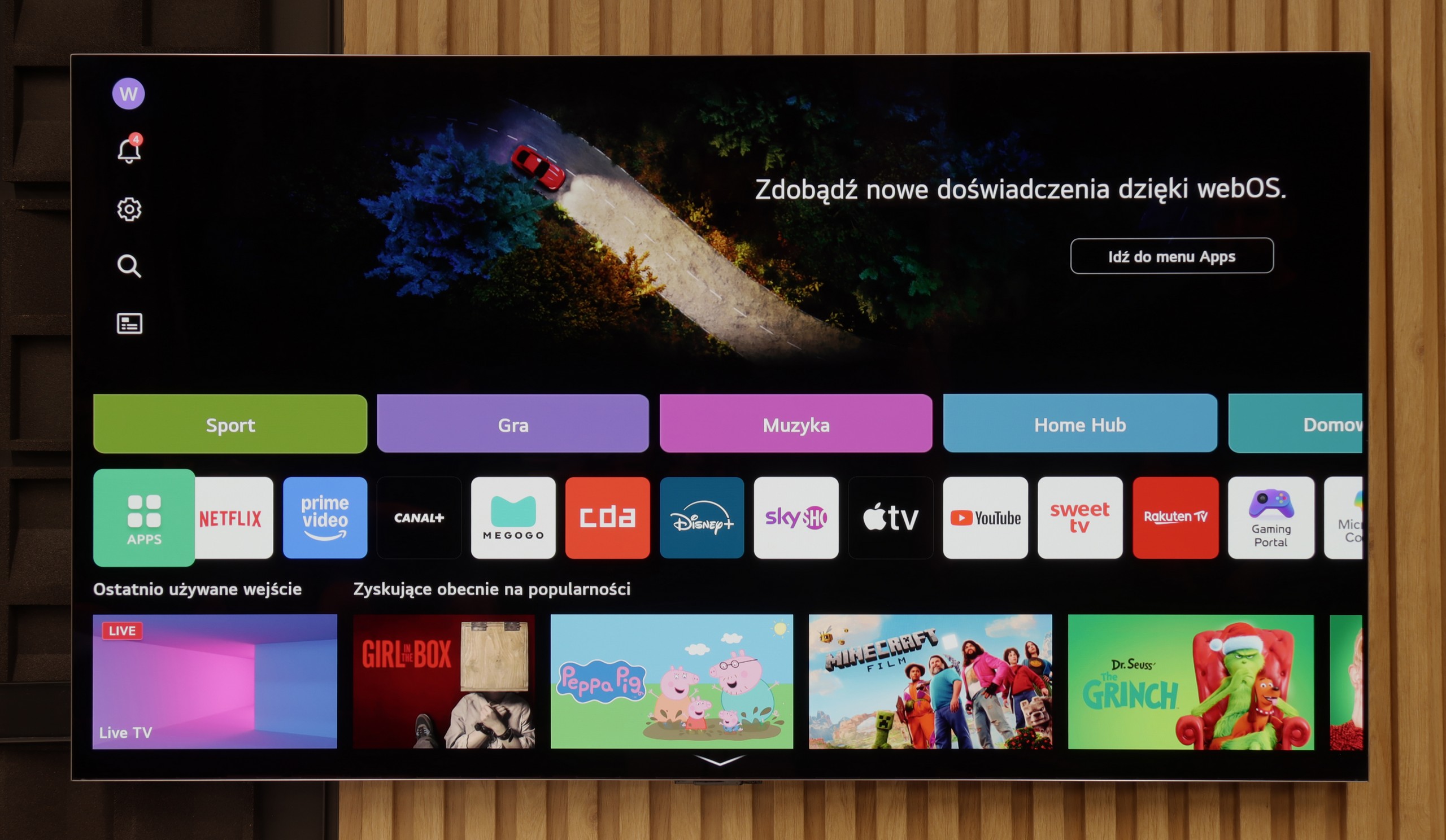
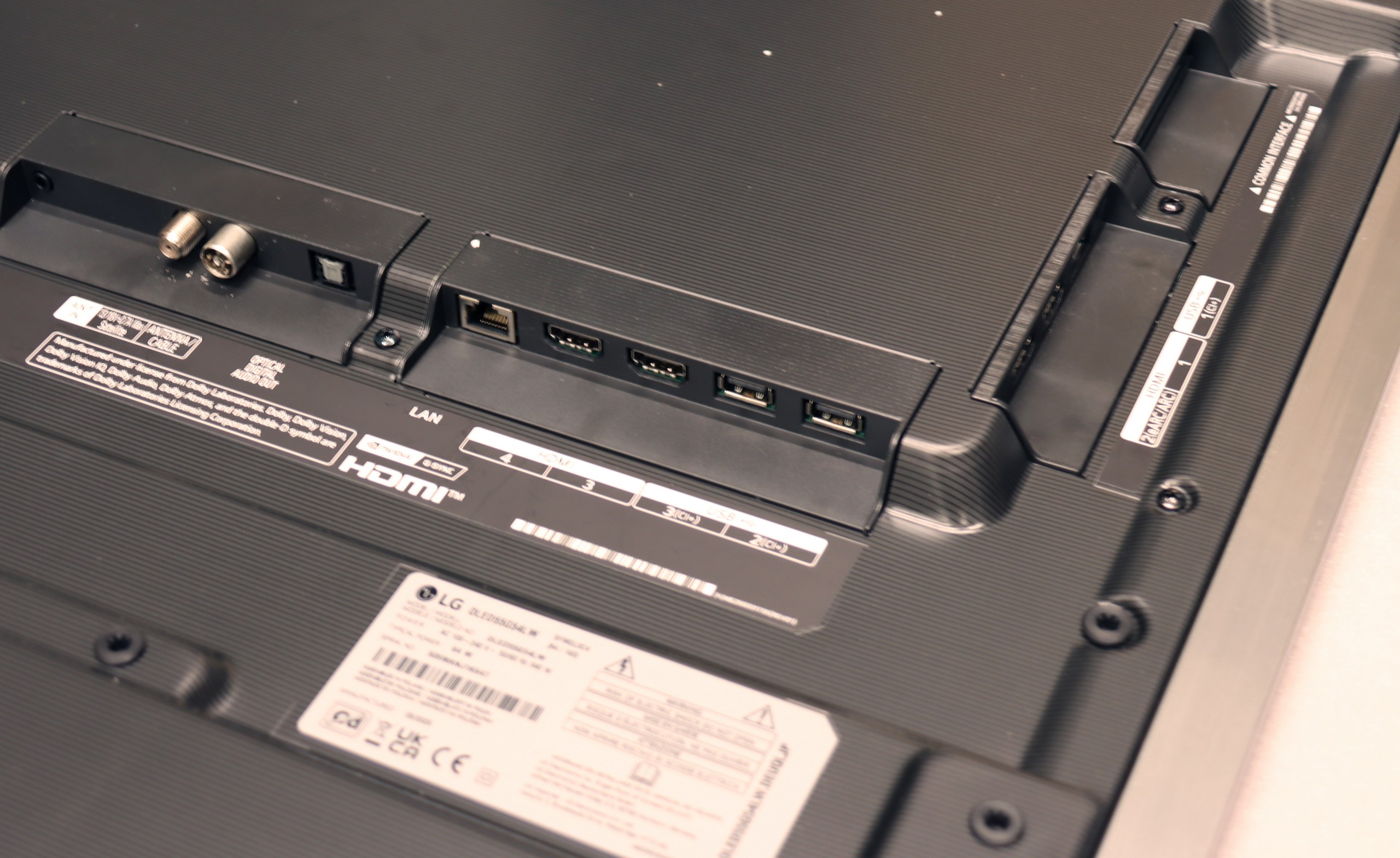
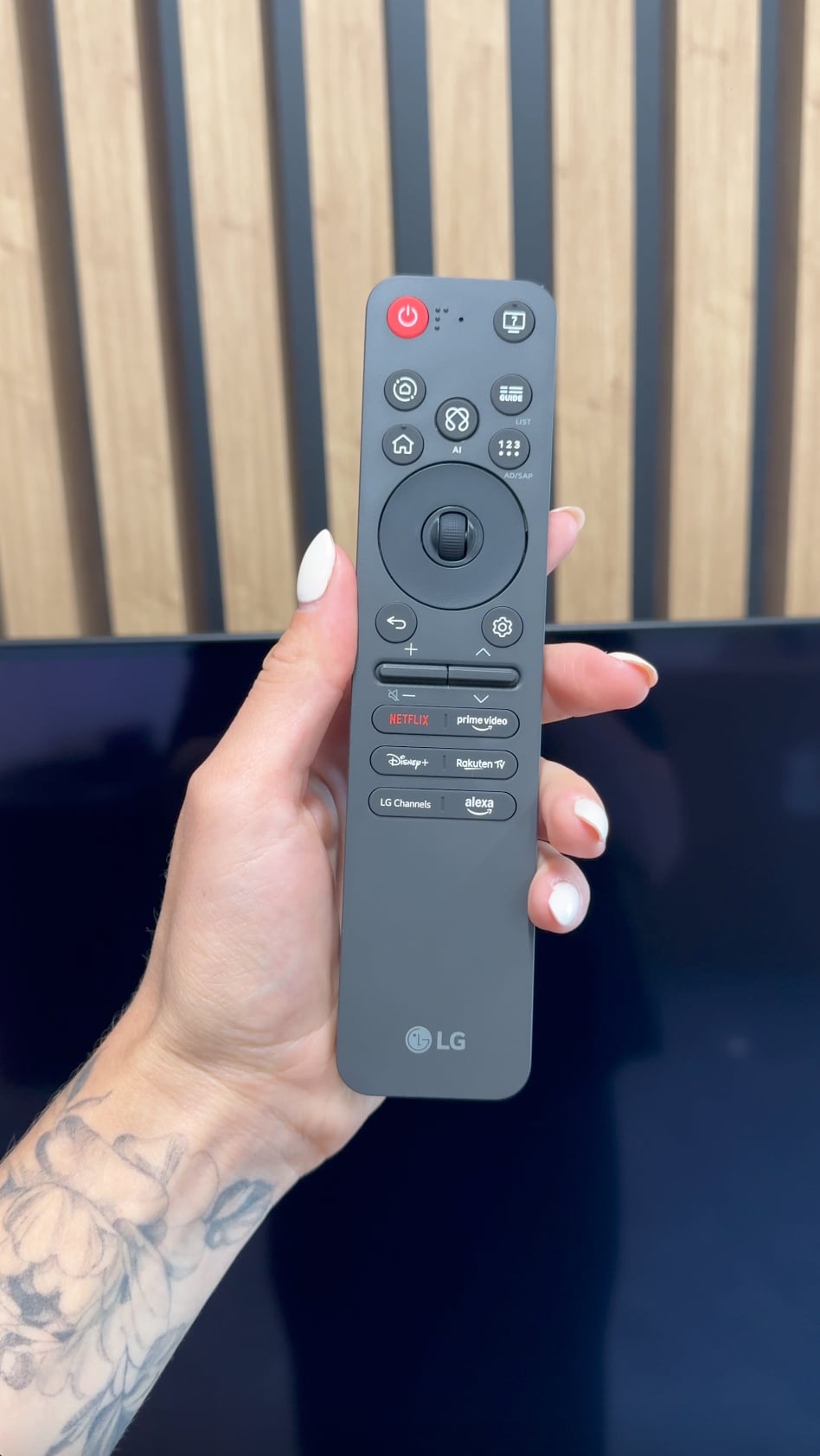
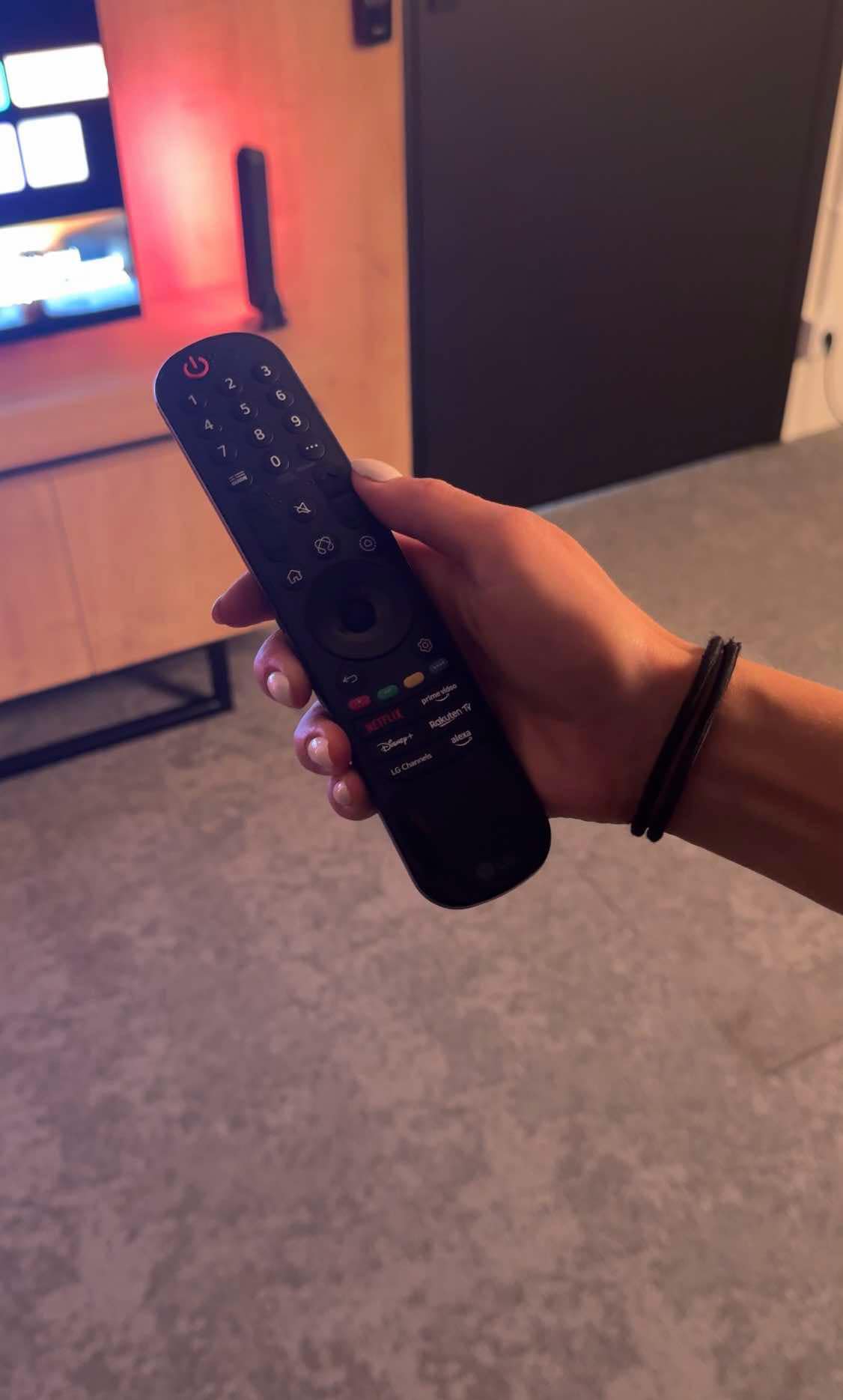
Before delving into the software that powers the Philips PML9009, it’s essential to highlight one of the standout features of the manufacturer’s TVs: the multicoloured Ambilight backlighting. This unique feature enhances the viewing experience by projecting colours from the back of the TV that correspond to the on-screen action, creating a more immersive atmosphere.
The operating system used in the PML9009 is Philips' proprietary TitanOs. While it offers some benefits, it is notably more closed and limited when compared to other models that use the Google TV system. One significant drawback is the absence of essential applications such as Apple TV, MAX, Canal+, and Player. Additionally, TitanOs restricts users from performing basic tasks like scheduling recordings or recording to USB. Apple device users may also be disappointed by the lack of AirPlay functionality, which allows for easy screen sharing.
On a positive note, the TV supports connecting a keyboard and mouse, which can simplify navigation through the menu. However, it's worth noting that while the remote pairs via Bluetooth for voice selection in English, all other functions rely on infrared (IR) connectivity.
In summary, TitanOs has its limitations, especially for users who frequently utilize a variety of streaming platforms. It seems better suited for those who primarily engage with a few key services—what one might refer to as the "holy trinity" of streaming: Netflix, YouTube, and CDA.
Classic Features
LG G5 has a lot to offer when it comes to classic TV features. Aside from the lack of the ability to watch two sources (PIP), the television performs well for everyday use. There are no issues with connecting external Bluetooth devices, such as headphones, and the EPG interface is very clear and understandable – even for those who are not particularly tech-savvy.
Smart TV Features
The Smart TV in the G5 operates on the WebOS system – it is the heart and brain of the entire television. Thanks to the Magic remote, using the G5 is truly enjoyable. We control the cursor on the screen with wrist movements, which is somewhat reminiscent of using a mouse in the air. The system itself is very comprehensive and offers everything one could expect: AirPlay, screen mirroring, voice search, and voice commands – all of these work smoothly and without delays. Without a doubt, this is one of the best operating systems in televisions on the market.
Note:
During our testing, we had practically nothing to complain about – except for one exception: the confusion surrounding the remote. Depending on the market and the specific version of the model, you may come across the new, minimalist Magic remote (without a numeric keypad), or the older version with a full set of buttons. We tested the G54LW model, which had the new Magic remote, but it is hard to say how the situation looks in other variants. Perhaps it is a similar situation to the LG C5 series, where the addition of the remote also depends on the specific market.
Playing files from USB
8.2/10
9/10
Supported photo formats:
Maximum photo resolution:

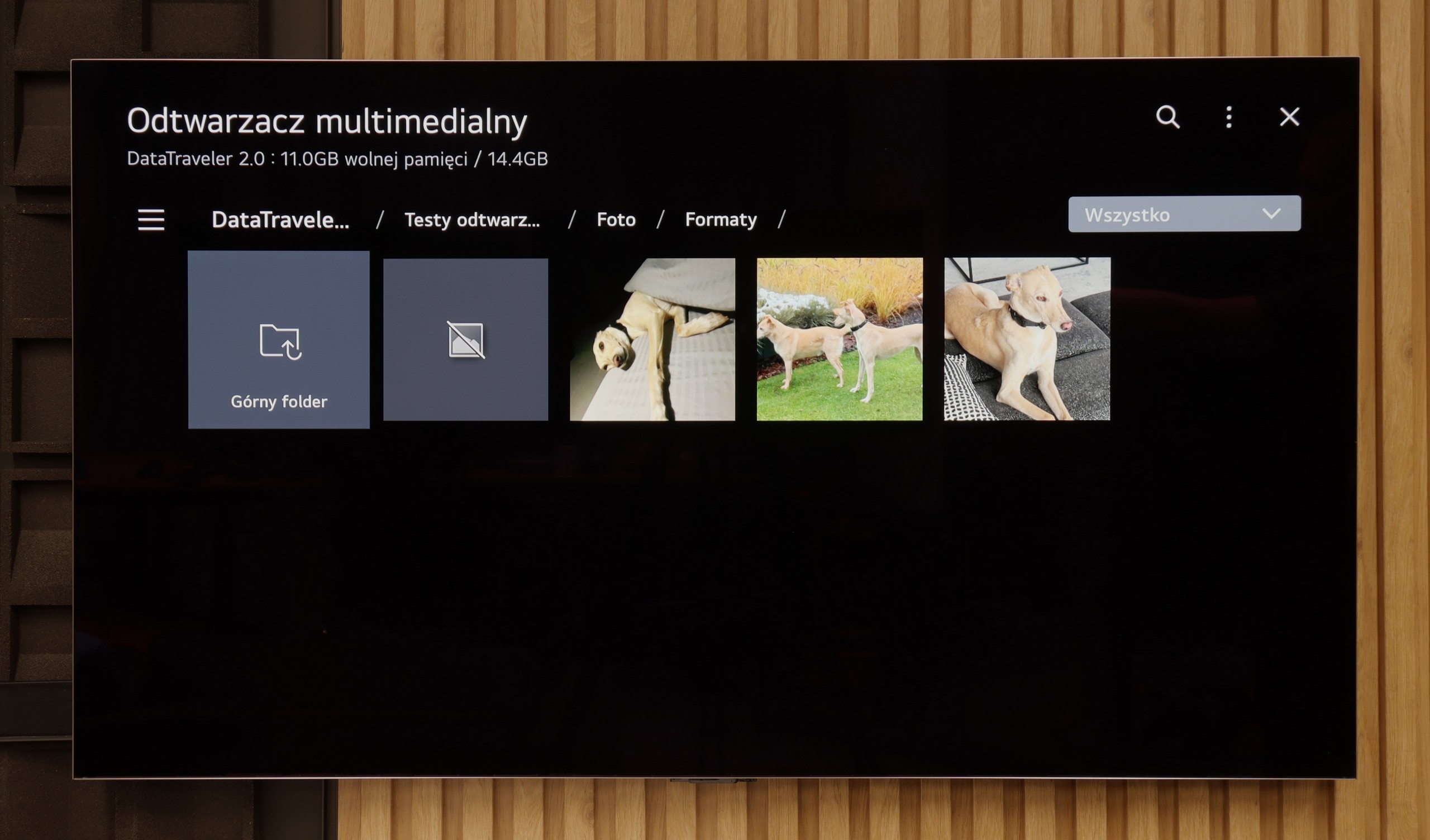
The default media player integrated into the Philips PML9009 provides a fairly comprehensive set of features but does have certain limitations. It supports nearly all common video formats except for the relatively rare .asf format. However, users may encounter issues due to the absence of the H.265 HEVC codec for high-bitrate content and a lack of support for .sub subtitle files, which are popular among many users.
With photo playback, the media player performs adequately, though it does not support some widely used resolutions and formats, such as HEIC, commonly found on Apple devices. The player excels in audio playback and leaves little room for criticism.
Unfortunately, the system's limitations prevent users from extending the player’s functionalities, meaning users are confined to the capabilities the manufacturer has included. This can be a drawback for those who rely on specific formats or additional features not provided by the built-in player.
The built-in media player in the LG G5 is really very good. It supports virtually everything you would expect from a modern television – most popular formats work without issue, and the application performs quickly. Our only disappointment was the lack of support for very high bitrate HEVC files at 85 Mbit/s – similar to the C5 and B5 models. Interestingly, the same file worked flawlessly on last year's LG OLEDs, so it's hard to say what is behind this change. Nevertheless, in everyday use, the G5 will handle the vast majority of content, and there will be no need to connect any external devices for media playback.
Apps
6.2/10
8.7/10














































Sound
6.7/10
8.7/10
- Maximum volume--
- Dolby Digital Plus 7.1
- Dolby True HD 7.1
- Dolby Atmos in Dolby Digital Plus (JOC)
- Dolby Atmos in Dolby True HD
- DTS:X in DTS-HD MA
- DTS-HD Master Audio
At the outset, it is worth noting that sound quality is a subjective matter. The built-in audio system in the Philips PML9009 is characterised by clear high tones, but the bass is quite flat and significantly worse than in competing models in the same price range.
The sound on the LG G5, given its slim body, is truly phenomenal. When listening to music, a light, pleasant bass can be felt, and in movies, the dialogues are clear and easily heard – they do not get lost even in dynamic scenes. Unfortunately, a certain disappointment is the lack of support for the DTS format, which LG used in its older models. It's a shame, because many people with home theaters may see this as a step backward.


